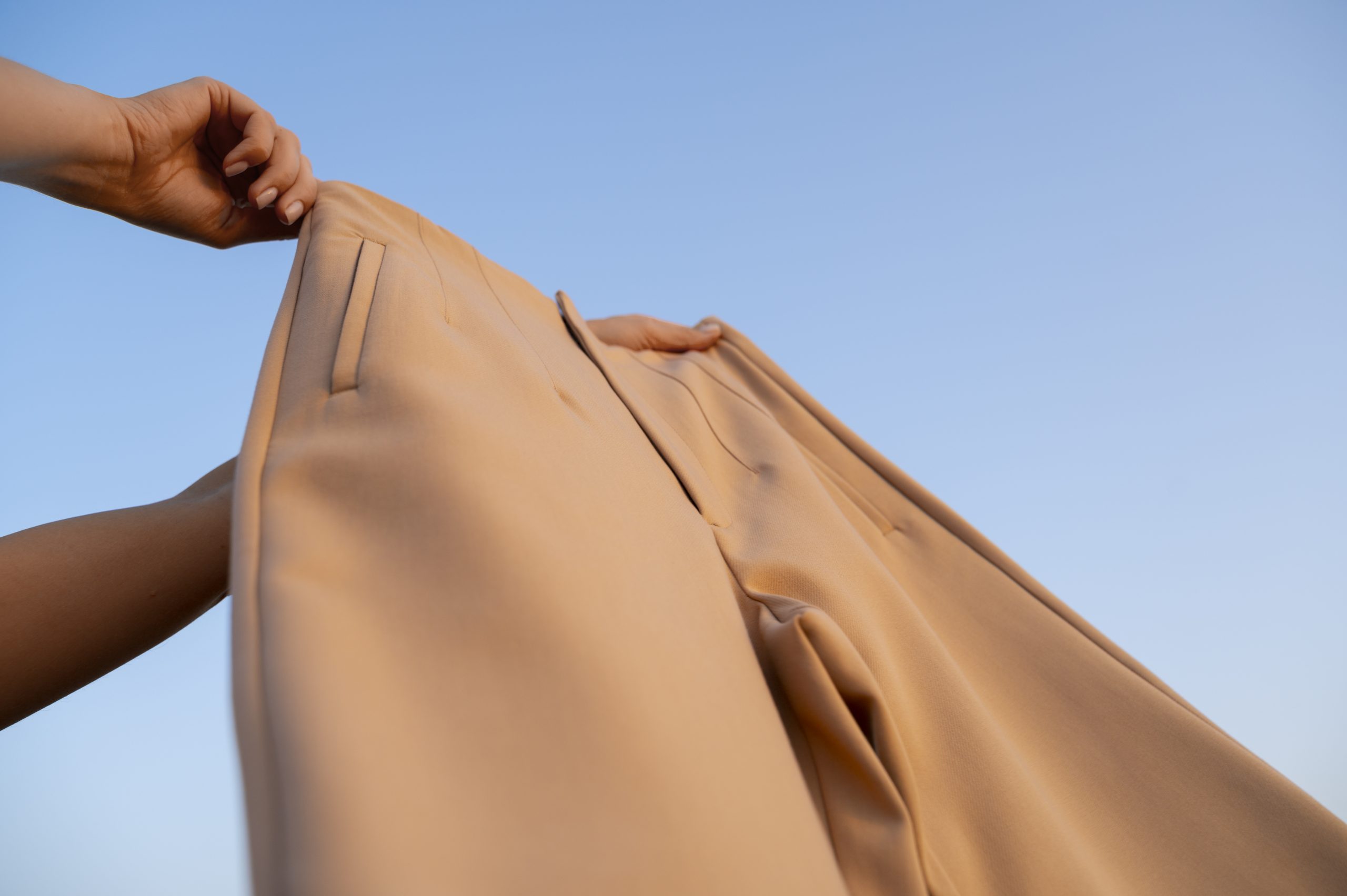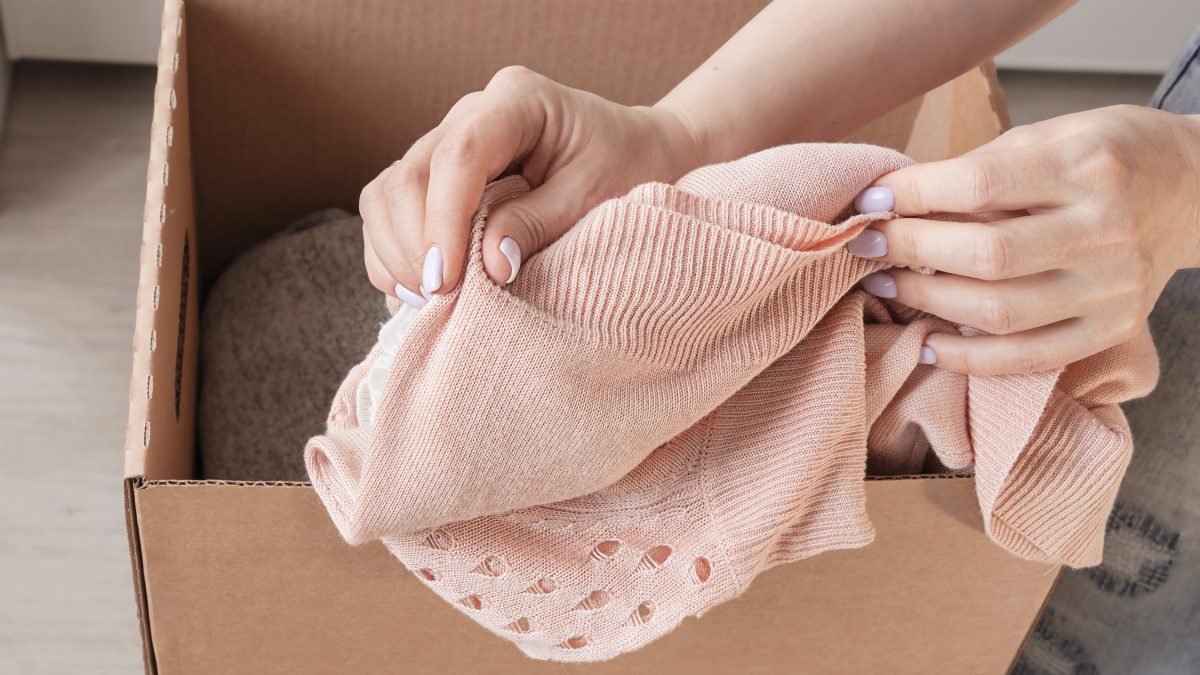
SUSTAINABLE FASHION EVENTS AND FAIRS AROUND THE WORLD
June 26, 2024
HOW TO EXTEND THE LIFESPAN OF YOUR CLOTHING?
June 26, 2024Deciding what to do with unwanted or worn-out clothing is one of the most common challenges for consumers striving to adopt sustainable habits in fashion. It’s known that clothes thrown away can persist in the soil for decades without decomposing, increasing greenhouse gas emissions and contributing to global warming.
A statistic from the Ellen MacArthur Foundation’s 2017 report was a wake-up call for both brands and consumers: every second, a truckload of garment waste is either dumped into the soil or incinerated. The first step consumers can take to change this is to follow the most environmentally friendly ways of parting with their clothes.
Here’s a helpful guide on what you can do with clothing that has reached the end of its lifespan or is no longer wanted:
Send for Recycling

The most eco-friendly option for dealing with worn-out clothes is always recycling. Many municipalities collect garment waste in recycling bins placed at various points throughout the city and send them to recycling facilities. Additionally, you can directly contact recycling facilities and send your garment and other textile waste to them at regular intervals.
Compost Natural Materials
If you have a composting machine in your garden or a natural compost pit for organic waste, you can compost garments made from natural materials such as cotton, wool, silk, or linen. However, it’s essential to check whether the garment contains synthetic materials because polyester and similar materials can slow down or even hinder the composting process. You can then use the composted fertilizer in your garden or for your indoor plants, making a genuine circular fashion experience part of your daily life.
Try Renewal

If you have clothes that you believe are no longer usable but don’t want to say goodbye to, don’t hesitate to try renewing them. With new buttons, a sturdy zipper, or perhaps a few creative patches or accessories, you can repair and continue to use your clothes.
Make Patchwork Designs

If your clothes are old but their fabrics can still be salvaged, you can turn them into a patchwork art project. Patti Smith, a musician who shaped rock music history, mentions in her autobiographical book “M Train” that she embarked on a patchwork blanket project using her husband’s old shirts. You can separate the excess fabric at home and start a large or small project, creatively utilizing your clothes.
If your clothes, accessories, or other textile products are still usable but you no longer want to use them, what can you do?
Donate to Someone in Need
The most meaningful and beautiful way to evaluate clothes that you no longer use but are in good condition is to give them to someone in need. You can either give them to a friend or donate them to a charity. By fulfilling your needs and evaluating clothes you don’t use, giving away a garment that exists is always the most environmentally friendly option, remember.
Sell on Online Platforms
We previously mentioned the concept of re-commerce and how it’s becoming an increasingly significant market trend in fashion in our content “New Trend in Fashion: Re-Commerce, Resale.” The resale practice has quickly become one of our personal fashion habits through online second-hand platforms. Selling your usable clothes on these platforms or even exploring these applications for your needs would be a great step for sustainable fashion.



